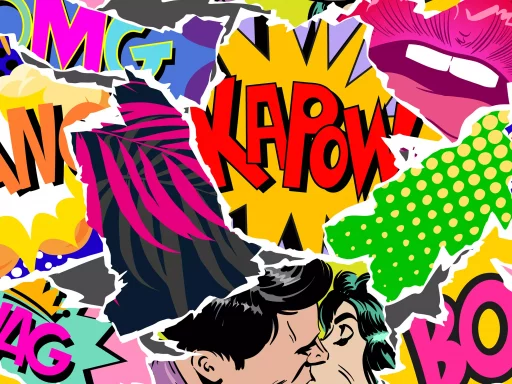Introduction to Hawk Slang
Hawk slang is a term often used in the world of finance and trading, especially in the context of monetary policy and interest rate discussions. It’s a vital aspect of the jargon used by traders, economists, and financial analysts to convey complex ideas about market sentiments and economic forecasts.
What Does “Hawk” Mean?
In financial circles, the term “hawk” refers to policymakers or analysts who advocate for higher interest rates to curb inflation. Hawks are generally seen as being more conservative and cautious, preferring tighter monetary policies to ensure economic stability. This contrasts with “doves,” who favor lower interest rates to stimulate growth.
Origins of Hawk Slang
The origins of the terms “hawk” and “dove” in the context of economics date back to the Vietnam War era, where the hawks were those who supported military intervention while doves opposed it. Over time, these terms morphed into their current applications in economic discussions.
Examples of Hawk Slang
Here are some common phrases and terms associated with hawk slang:
- Hawkish Tone: Describes a stance or communication that suggests a preference for tighter monetary policies.
- Hawkish Majority: A situation where most policymakers are inclined towards raising interest rates.
- Hawkish Fed: Refers to the Federal Reserve adopting a more aggressive stance on interest rate increases.
Case Studies: Hawk Slang in Action
Understanding hawkish tendencies can be crucial for anticipating market reactions. Here are a couple of notable instances where hawk slang played a significant role:
The Federal Reserve in 2018
In 2018, the Federal Reserve indicated a hawkish stance by gradually increasing interest rates to combat rising inflation. Market analysts noted that remarks from Fed officials pointed to a determination to keep inflation under control, which led to:
- Increased volatility in the stock market.
- Investor adjustments to risk portfolios.
- A stronger dollar against other currencies.
The European Central Bank’s (ECB) Decisions
The ECB has also shifted through hawkish periods, especially as European economies began emerging from sluggish growth. In late 2019, its hawkish signals regarding interest rate normalization led to shifts in:
- Government bond yields.
- Currency strength in the Eurozone.
- Increased scrutiny of inflation data among investors.
Statistics on Hawkish Policies
Several studies and statistics demonstrate the impact of hawkish policies on economic performance:
- Interest Rate Increases: A 1% increase in interest rates can lead to a decrease in GDP growth by approximately 0.5% over time.
- Market Reactions: Historically, when central banks adopt a hawkish tone, there is a 30% likelihood of a significant market correction within the following quarter.
- Inflation Control: Countries that implement hawkish policies often see a reduction in inflation rates by an average of 2% within a year.
The Broader Impact of Hawk Slang
Beyond trading and financial markets, hawk slang influences public perception and investor confidence. Hawkish policies can lead to:
- A stronger currency, which can impact exports.
- Changes in consumer borrowing habits due to higher rates.
- Shifts in investment focus as higher interest rates can benefit fixed-income securities over equities.
Conclusion
In conclusion, hawk slang represents a crucial part of the financial vernacular that reflects broader economic sentiments. Understanding hawkish tendencies can be instrumental in navigating the complexities of market reactions, policy decisions, and economic forecasts. Whether you are an experienced trader or just entering the finance world, grasping the implications of hawk slang will enrich your understanding of market dynamics.






